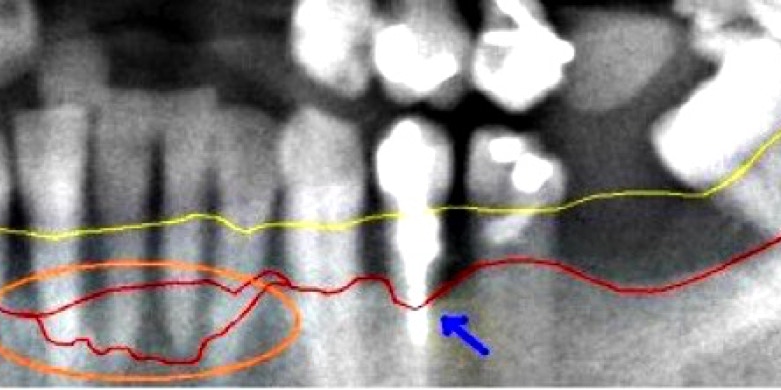-
HOME
-
ABOUT
-
WHY CHOOSE US
-
TREATMENTS
-
FEES
-
CONTACT
-
FAQS
PERIODONTAL DISEASE

Plaque can exist above the gum (supragingival), or below it (subgingival). The type of bacteria seen in each type of plaque is different, with those living below the gum being particularly virulent to the gums and the adjacent bone. Their continuing existence tends to lead to damage these structures, known as periodontal disease or periodontitis. In this, the bone which supports and holds the teeth is lost. Since there is a finite amount of bone holding each tooth, loss of these foundations if left untreated leads to mobility, infection and loss of teeth. Unfortunately the bone does not grow back easily when the bacteria are removed, and as such the damage is broadly irreparable. Almost all individuals with periodontitis exhibit some subgingival calculus deposits.
The bacteria implicated in periodontal disease don’t just damage the teeth and adjacent structures though. There is clear evidence showing that they enter the blood stream, to be carried around the body to damage distant organs and compromise the body’s self repair mechanisms. Some of the things to which scientific studies now link these bacteria are heart disease, strokes, diabetes, Alzheimer’s Disease, dementia, pregnancy problems and pre-term low birth weight babies.

The x-ray above shows some teeth exhibiting generalised severe bone loss of 30-80%. The red line outlines the existing bone level, whereas the yellow line shows where the bone was originally, prior to the patient developing periodontal disease. The pink arrow, on the right, points to an area where the bone loss is severe enough to expose the point at which the roots of a molar teeth divide (a furcation involvement); this is a sign of advanced periodontal disease. The blue arrow, in the middle, shows up to 80% bone loss on that tooth, and clinically, this tooth was wobbly. Finally, the peach oval, to the left, highlights the aggressive nature with which periodontal disease generally affects lower incisors. Because their roots are generally situated very close to each other, there is little bone between them. In addition, plaque and calculus tend to accumulate on these teeth because of the pooling of saliva. The split in the red line depicts the variation in bone levels on the tongue and lip side of these teeth.
CONTACT US TO BOOK OR FOR MORE INFORMATION
This website makes use of cookies. Please see our privacy policy for details.
OK